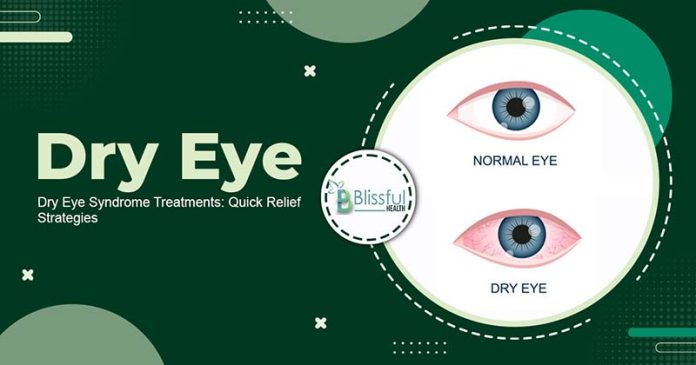Dry eye disease happens when there is a problem with the tear layers that keep your cornea moist and protected. This issue can be due to not enough tear production or tears evaporating too quickly.
Common symptoms people experience are burning, itching, and a gritty sensation in the eyes. To manage dry eye, it’s essential to explore various Dry Eye Syndrome treatments at Blissfulhealth, including eye drops and medical procedures, to find the most effective solution.
Common Causes of Dry Eyes
Dry eye occurs due to:
Inadequate Tear Production: When your eyes fail to produce enough tears.
Rapid Tear Evaporation: When tears evaporate too quickly.
Combination of Both Factors: Insufficient tear production coupled with rapid evaporation.
Several factors contribute to the likelihood of developing dry eye or worsening symptoms over time. These include:
Environmental and Lifestyle Factors: Weather conditions, screen time, contact lens usage, smoking, and allergies can heighten the risk of dry eye.
Medications: Certain medications, such as those for depression, allergies, blood pressure, glaucoma, menopause, and pain, as well as anticholinergics, oral contraceptives, and systemic retinoids, can increase the risk.
Medical Conditions: Various neurological, eye, autoimmune, and endocrine conditions elevate the risk of dry eye.
Surgeries: Procedures like LASIK, cataract surgery, and corneal surgery can also increase the risk.
If you identify with any of these risk factors, consulting your healthcare provider is advisable. They can help you mitigate the risk or alleviate bothersome symptoms through lifestyle adjustments, medication changes, or other interventions.
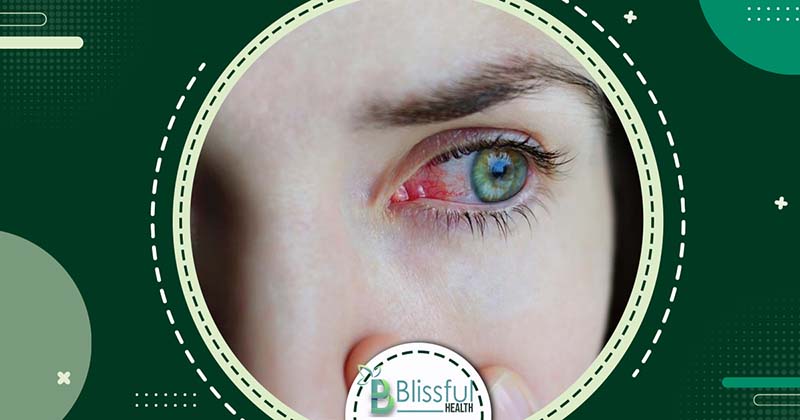
Symptoms of Dry Eye
Dry eye can manifest in various ways, including:
Feeling of Foreign Body Sensation: Sensation akin to having something in your eye, often described as scratchy, gritty, or sandy.
Burning or Stinging Sensation: Discomfort characterized by a burning or stinging feeling in the eyes.
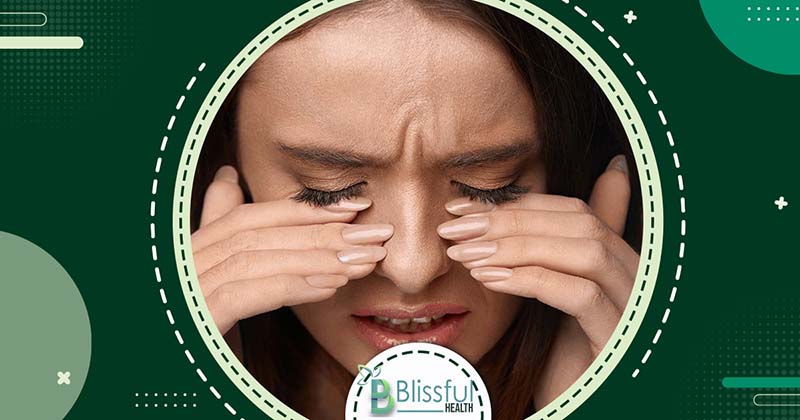
Light Sensitivity: Increased sensitivity to light, known as photophobia.
Blurry or Altered Vision: Vision may become blurred or distorted.
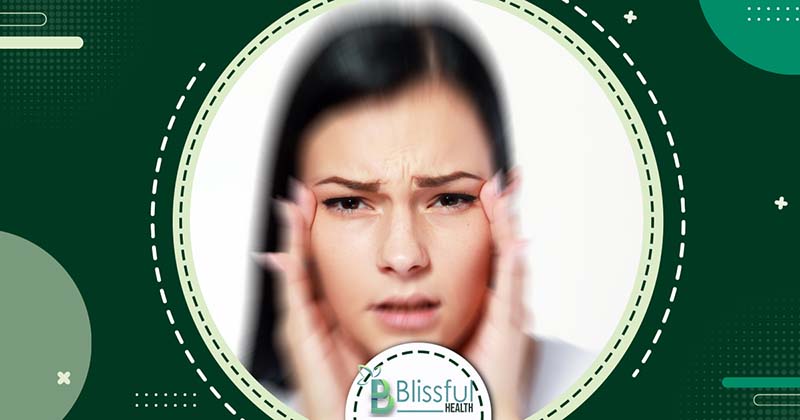
Presence of Eye Discharge: Mucus discharge from the eyes may occur.
Excessive Tearing: Contrary to expectation, dry eye can also lead to watery eyes, with tears streaming down the cheeks.
The phenomenon of watery eyes in dry eye conditions can be perplexing. It occurs when the meibomian glands fail to produce enough oils for the outer layer of the tear film. Consequently, the middle, watery layer evaporates rapidly.
In an attempt to compensate, the lacrimal glands produce more watery tears. However, these tears lack the necessary oily layer to properly coat the eye, thus failing to address the underlying issue.
Stages of Dry Eye
Dry eye disease progresses through four stages, each with varying degrees of severity, necessitating specific treatment approaches.
Mild Dry Eye Symptoms
In the initial stage, patients typically experience mild symptoms such as occasional burning, itching, and slight blurriness of vision. Increased blinking and eye rubbing may be observed. Diagnosis at this stage involves identifying conjunctival staining and tear film breakup, signaling the need for early intervention to prevent disease progression.
Moderate Dry Eye Symptoms
As the condition advances to the second stage, inflammation of the eye surface intensifies, leading to heightened symptoms like grittiness, dryness, and redness. Diagnosis is based on visual signs in the tear film, with tear film breakup ranging from two to seven seconds. Other symptoms may include watery eyes and light sensitivity.
Severe Dry Eye Symptoms
In the third stage, symptoms become severe due to elevated tear hyperosmolarity and increased inflammation of the eye surface. Communication between tear-producing glands and the ocular surface is significantly impaired.
Treatment involves intensifying the regimen and implementing lifestyle and environmental modifications. Options include regular cold and heat therapy, specialty contacts, or permanent punctal occlusion.
Most Severe Symptoms
Untreated dry eye can progress to the fourth stage, characterized by severe symptoms such as stickiness, burning, photophobia, stinging, blurriness, itching, and a persistent foreign body sensation.
Diagnosis involves detecting severe punctate erosions and conjunctival scarring, often through corneal staining. A tear film breakup of below three seconds indicates the advanced stage of dry eye disease.
Early intervention and comprehensive management are crucial to mitigate symptoms and prevent further deterioration.
Effective Eye Exercises for Dry Eyes
Explore additional strategies and their benefits in managing dry eye symptoms.
Blinking Exercises
Blinking exercises have shown efficacy in alleviating dry eye symptoms. A 2021 study involving 54 participants with dry eye symptoms revealed promising results. Participants performed a 10-second cycle of blinking exercises every 20 minutes during waking hours for 4 weeks. The exercises comprised:
Close the eyes normally for 2 seconds.
Repeat the normal eye closure for 2 seconds.
Squeeze the eyelids tightly together for 2 seconds.
These exercises were found to modify poor blinking patterns and improve dry eye symptoms significantly. Additionally, individuals may benefit from the following eye exercise:
Close the eyes.
Pause for 3 seconds.
Open the eyes slightly wider than normal.
Hold in the wide-open position momentarily.
Close the eyes.
Repeat these steps 10 times, several times throughout the day.
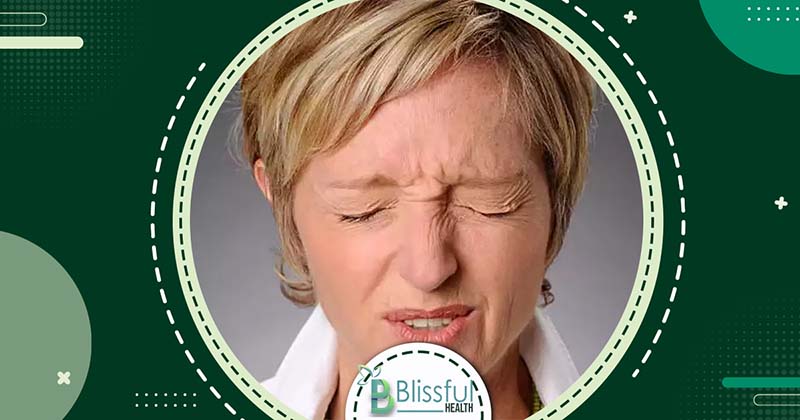
Expand More on Eye Exercises
Another potential strategy for managing dry eye is “blind working,” which involves intermittently closing the eyes when visual focus is unnecessary. This method has been associated with reduced eye fatigue and blurred vision compared to standard working practices.
Additionally, the 20-20-20 rule recommends that for every 20 minutes of screen time, individuals should focus on an object 20 feet away for 20 seconds. While this rule may aid in preventing dryness by promoting natural blinking, its effectiveness specifically for dry eye management requires further research.
Moreover, mobile apps are available to remind individuals to blink regularly when working on screens.

Tips to Effectively Prevent Dry Eyes
Minimize Hair Dryer Use: Limit exposure to hair dryers, as the hot air can exacerbate dry eye symptoms.
Control Room Temperature: Avoid excessively warm environments, especially during winter. Consider using a humidifier to add moisture to the air or place a pan of water near heaters or radiators to maintain optimal humidity levels.
Protect Against Wind: Shield your eyes from drying wind by wearing wrap-around glasses or goggles when outdoors, particularly in windy conditions.
Incorporate Omega-3 Fatty Acids: Consult your ophthalmologist about adding omega-3 fatty acids to your diet or taking them as supplements. These essential fatty acids, abundant in oily fish like salmon, sardines, tuna, trout, and anchovies, as well as in flaxseeds, can help alleviate dry eye symptoms.
Combat Morning Dryness: If you wake up with dry and scratchy eyes, consider using artificial tear ointment or thick eye drops just before going to bed. This can provide overnight relief and promote better eye comfort upon waking.
Treatment for Dry Eye
Treating dry eye typically involves addressing the underlying cause to alleviate symptoms and maintain eye health.
Over-the-counter Eye Drops.
For mild dry eye, over-the-counter artificial tears are often recommended. These eye drops provide lubrication and relief from discomfort. Additionally, moisturizing gels and ointments can help soothe dry eyes.
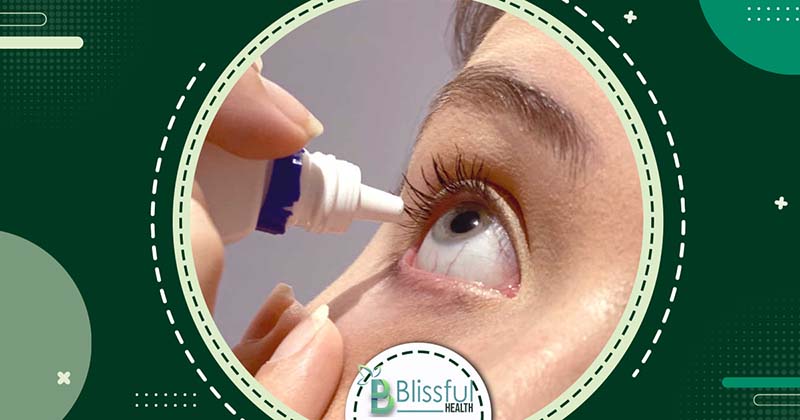
Prescription Medicines
In cases of more severe dry eye, prescription medications such as cyclosporine (Restasis) or lifitegrast (Xiidra) may be prescribed. These eye drops can stimulate tear production to alleviate symptoms.
Tear Duct Plugs
If tears drain too quickly from the eyes, punctal plugs may be inserted into the tear ducts to retain tears within the eyes, effectively increasing moisture and relieving dryness.
Eye Massage For Dry Eyes
Massaging the eyelids can stimulate the meibomian glands, which produce a protective oil that helps retain moisture in the eyes. This can improve tear production and prevent rapid tear evaporation, thereby enhancing hydration and comfort. Eye massage can also relax eye muscles, reduce eyestrain, and promote better blood circulation for overall eye health.
Lifestyle Changes.
Making lifestyle adjustments can help manage and prevent dry eye symptoms. Avoiding smoke, wind, and air conditioning, using a humidifier to maintain indoor air moisture, taking breaks from screen time, wearing wraparound sunglasses outdoors, staying hydrated, and ensuring adequate sleep can all contribute to eye health and alleviate dry eye discomfort.
Surgery
In rare cases where loose lower eyelids contribute to excessive tear drainage, surgical intervention may be necessary to tighten the eyelids and improve tear retention. However, this treatment option is not commonly recommended.
By addressing the underlying causes and incorporating appropriate treatments and lifestyle changes, dry eye symptoms can be effectively managed to maintain eye health and comfort.
Conclusion
In conclusion, effectively managing Dry Eye Syndrome often involves a tailored approach that includes lifestyle modifications, specific exercises, and possibly medical interventions. By actively seeking and discussing Dry Eye Syndrome treatments with healthcare professionals, individuals can significantly reduce their symptoms and prevent the condition from worsening. This proactive strategy ensures improved eye health and greater comfort.


